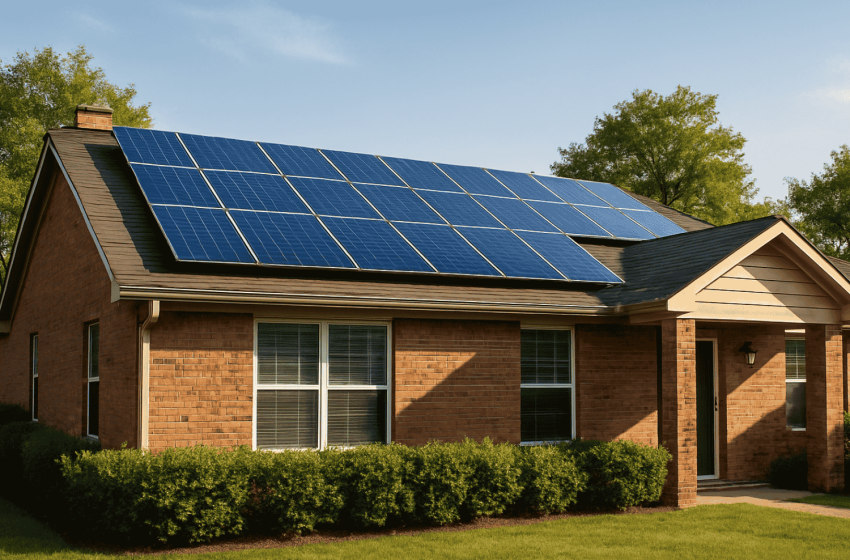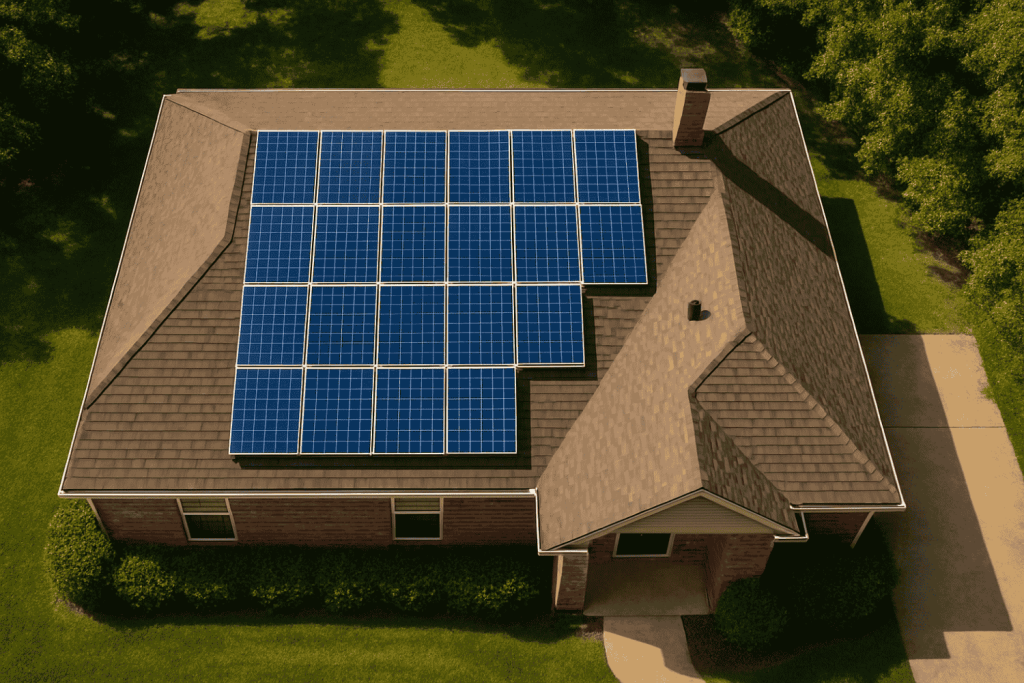Did you know that over 90% of millionaires have built their wealth, at least in part, through real estate? As a professional financial advisor, I’ve witnessed firsthand how real estate consistently outperforms other asset classes when it comes to building long-term wealth, generating passive income, and diversifying investment portfolios.
But here’s the kicker: investing in real estate isn’t limited to buying a single-family home and becoming a landlord. In fact, there are numerous strategies available, each catering to different financial goals, time commitments, and risk appetites.
Whether you’re a first-time investor wondering how to start investing in real estate or a seasoned pro looking to scale your portfolio, understanding the different ways to invest in real estate is essential.
From traditional buy-and-hold rentals to more creative tactics like adding an Accessory Dwelling Unit (ADU) to your property, there’s no one-size-fits-all approach, and that’s a good thing.
In this article, we’ll explore:
- The most effective real estate investment strategies, including buy-and-hold, fix-and-flip, and BRRRR.
- How to choose the right approach based on your financial goals and risk tolerance.
- The pros and cons of both active and passive investing methods.
- How to start investing in real estate even if you have limited capital.
- Creative options like building an ADU to generate rental income from your existing property.
By the end of this post, you’ll have a clear roadmap to identify the best ways to invest in real estate based on your personal financial blueprint.
1. Buy and Hold: The Foundation of Long-Term Wealth
Buy and hold is one of the most established and reliable ways to invest in real estate. This strategy involves purchasing a property, usually residential or small multifamily, and holding it for an extended period while collecting rental income and benefiting from property appreciation.
Why Buy and Hold Works
This strategy offers steady cash flow, long-term capital appreciation, and tax advantages such as mortgage interest deductions and property depreciation.
- Steady income: Monthly rent provides consistent cash flow.
- Appreciation: Over time, property values tend to rise, increasing your equity.
- Tax benefits: Deductions for mortgage interest, depreciation, and expenses can reduce your tax liability.
Managing Rental Properties
Owning rental real estate requires active involvement. Landlords must handle tenant screening, maintenance, rent collection, and legal compliance. Poor management can erode profits.
Passive vs. Active Ownership
Some investors self-manage to save money, while others hire property managers for 8–12% of the monthly rent to handle day-to-day operations.
2. Fix and Flip: Active, High-Reward Investing
Fix and flip is a hands-on strategy involving buying distressed or undervalued properties, renovating them, and selling them quickly for a profit.
Timing and Capital Requirements
This method needs significant upfront capital for purchase and renovations. Success depends on accurate repair estimates and understanding local market trends.
Renovation and Risk Management
Common risks include underestimating rehab costs, over-improving, or facing delays. A reliable contractor team is essential.
Exit Strategies
Competitive pricing and strong marketing help sell properties quickly and avoid high holding costs.
3. BRRRR Method: Recycling Capital for Growth
BRRRR stands for Buy, Rehab, Rent, Refinance, Repeat. The BRRRR method is a way to scale quickly by recycling capital.
Steps:
- Buy: Find a property below market value.
- Rehab: Renovate to improve value and rentability.
- Rent: Lease for income.
- Refinance: Pull out original capital via a new loan.
- Repeat: Use freed capital for the next deal.
While powerful, BRRRR requires disciplined project and financial management.

4. Wholesaling and Double Closings: Investing Without Ownership
Wholesaling involves securing a property under contract and assigning it to another investor for a fee.
- Wholesaling: Acts as a middleman connecting sellers and buyers.
- Double Closings: The wholesaler buys and sells on the same day to secure profits.
- Legal Note: Regulations vary; transparency and proper contracts are essential.
5. REITs and Crowdfunding: Hands-Off Investing
Not everyone wants to manage tenants or swing a hammer. For those seeking truly passive ways to invest in real estate, REITs (real estate investment trusts) and crowdfunding platforms offer solid alternatives.
- REITs: Invest in companies that own income-producing properties. Accessible via stocks, mutual funds, and ETFs.
- Crowdfunding: Pool money to invest in larger projects through platforms like Fundrise or RealtyMogul.
Pros: Low entry, passive income, diversification.
Cons: Limited control, potential fees, liquidity issues.
6. Turnkey Properties and House Hacking
These strategies are perfect for beginners and those with limited time or capital to get started in real estate investing.
- Turnkey Properties: Renovated, tenant-ready homes offering immediate cash flow.
- House Hacking: Live in part of a property and rent out the rest; FHA loans make it accessible.
7. Creative Strategy: Build an ADU
An accessory dwelling unit (ADU) is a self-contained living space on the same lot as a primary home. According to LADU, an ADU builder in Los Angeles, financing an ADU can allow homeowners to invest with little money down and earn rental income from their ADU.
Benefits:
- Adds rental income without new land purchase.
- Increases urban density.
- Offers flexibility for family, guests, or tenants.
Risk-Return Profiles: Matching Strategy to Investor Type
Not all investors are the same. Your ideal strategy depends on your risk tolerance, capital, and time commitment.
Core and Core Plus Investments
Core strategies involve Class A properties in prime locations with stable tenants. These are low-risk, low-return options ideal for conservative investors. Core Plus adds a bit more risk and return by improving slightly underperforming properties.
Value-Add and Opportunistic Approaches
Value-add strategies target underperforming properties needing renovations. Opportunistic strategies involve ground-up development or major repositioning. These offer higher returns but require significant capital, expertise, and risk appetite.
Choosing Based on Capital and Time Commitment
- Low capital, low time: REITs, crowdfunding, turnkey rentals.
- Moderate capital, moderate time: House hacking, buy and hold.
- High capital, high time: Fix and flip, BRRRR, value-add developments.
Final Thoughts
Real estate offers paths for every type of investor. Choose based on your capital, time, and goals. Whether it’s passive REITs, creative ADUs, or active flips, the key is to align strategy with your financial blueprint and act consistently.
References:








